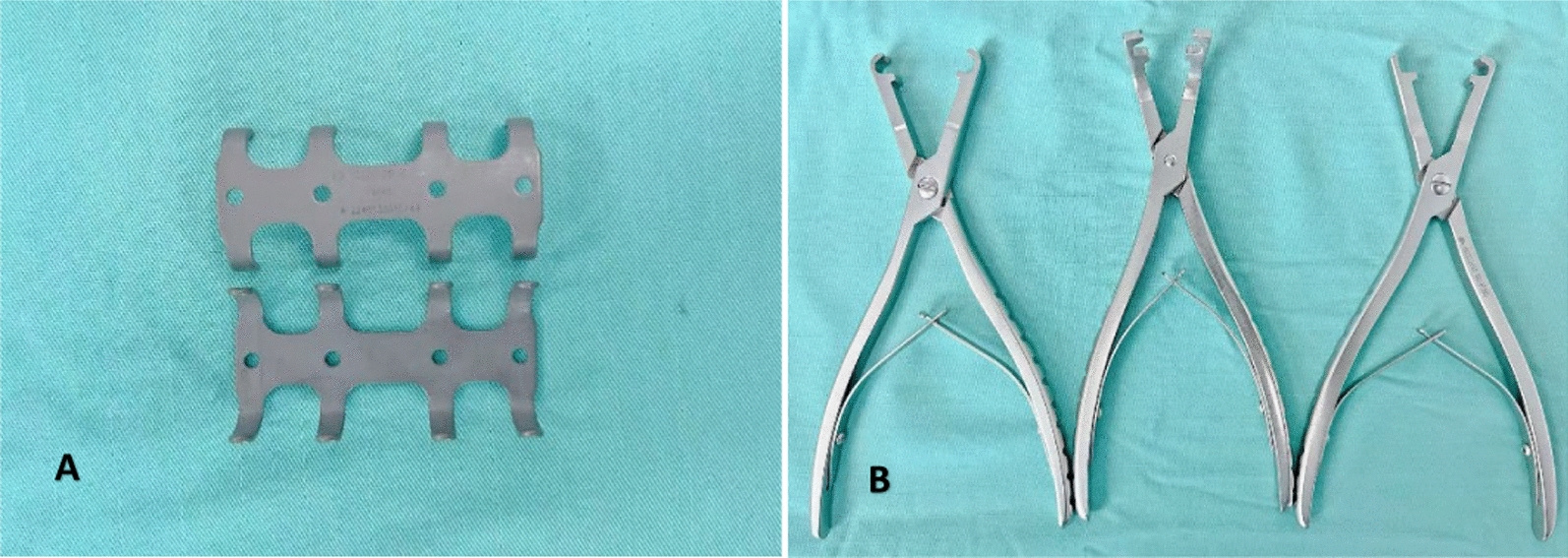Call for Papers: Innovations in Rib Fracture Management
Published in Healthcare & Nursing and Surgery

Springer Nature Collections are curated groups of articles within a journal that provide highly focused exploration of specific themes and emerging topics to enhance the visibility and impact of research. By contributing to a Collection, you can benefit from increased visibility, meaningful academic connections, and broader impact. This collection - from the journal World Journal of Emergency Surgery - focuses on the management of rib fractures.
These injuries can lead to severe complications, including respiratory failure, prolonged hospitalization, and increased mortality rates. Recent advances in the field have already begun to reshape our understanding of rib fracture management. Techniques such as rib fixation and the use of bioabsorbable materials have shown promise in stabilizing the thorax wall and facilitating better respiratory function. Additionally, the development of minimally invasive surgical techniques has reduced the morbidity associated with traditional open approaches, allowing for quicker recovery times and shorter hospital stays. The "Innovations in Rib Fracture Management: From Flail Chest to Fracture Fixation" collection in World Journal of Emergency Surgery focuses on these techniques and invites contributions to the field. Topics of interest include but are not limited to:
- Surgical techniques for rib fixation
- Management of flail chest injuries
- Innovations in thoracic wall stabilization
- Postoperative care and rehabilitation strategies
- Impact of rib fractures on respiratory function
- Cost-effectiveness of rib fracture treatments
- Use of bioabsorbable materials in fracture fixation
- Patient outcomes in rib fracture management
“Innovations in Rib Fracture Management: From Flail Chest to Fracture Fixation” is led by Carlo Vallicelli, Maurizio Bufalini Hospital, Italy. The collection accepts original research and reviews.
Carlo Vallicelli, MD, Maurizio Bufalini Hospital, Italy
Dr Carlo Vallicelli works as a general surgeon at the General Emergency and Trauma Surgery Department, Maurizio Bufalini Hospital, Cesena, Italy. Maurizio Bufalini Hospital is the HUB Trauma Center for the Eastern Emilia-Romagna region, Italy. Dr Vallicelli participates in the trauma team activity as a senior surgical member of the team. His clinical and research activity focuses on emergency surgery, trauma surgery, surgical oncology and minimally invasive surgery. Dr Vallicelli is a Board member of the World Society of Emergency Surgery and World Journal of Emergency Surgery.
Find out more and submit to the collection >
Follow the Topic
-
World Journal of Emergency Surgery

World Journal of Emergency Surgery is an open access, peer-reviewed journal that encompasses all aspects of clinical and basic research related to traumatic and non-traumatic emergency surgery and its allied subjects.
Related Collections
With Collections, you can get published faster and increase your visibility.
Innovations in Rib Fracture Management: From Flail Chest to Fracture Fixation
All submissions in this collection undergo the journal’s standard peer review process. Similarly, all manuscripts authored by a Guest Editor(s) will be handled by the Editor-in-Chief. As an open access publication, this journal levies an article processing fee (details here). We recognize that many key stakeholders may not have access to such resources and are committed to supporting participation in this issue wherever resources are a barrier. For more information about what support may be available, please visit OA funding and support, or email OAfundingpolicy@springernature.com or the Editor-in-Chief.
Publishing Model: Open Access
Deadline: Jan 16, 2026





Please sign in or register for FREE
If you are a registered user on Research Communities by Springer Nature, please sign in